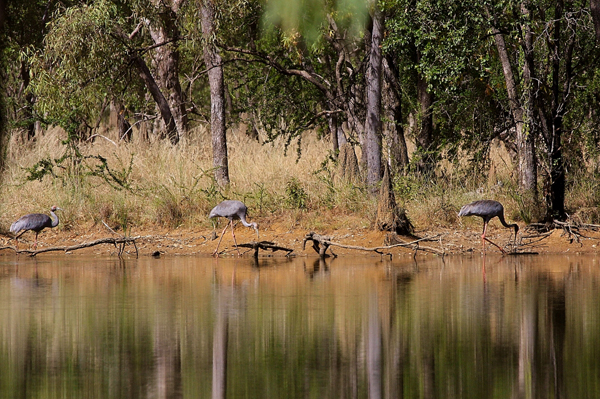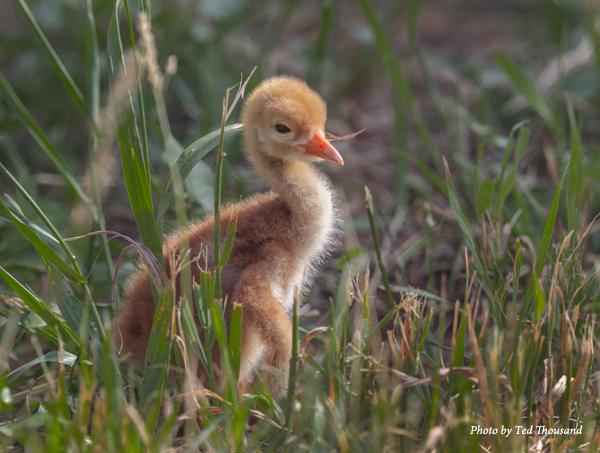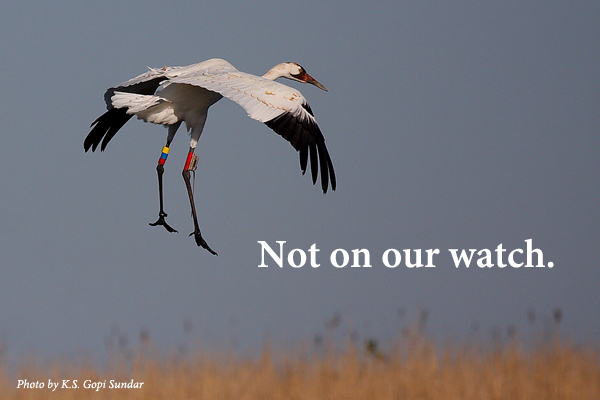This is the first year the Whooping Crane Eastern Partnership utilized two release methods: Ultralight-guided and Direct Autumn Release (DAR). The DAR method also involves costume handlers raising the young… Continue reading Class of 2005
Results for "Seguros para auto en New Mexico llama ahora al 888-430-8975 Seguros de coche ofertas Carro seguro Asegurar auto online Seguros de autos baratos Las aseguradoras Seguro todo riesgo carro"
Class of 2004
All Whooping Cranes released in 2004 were raised by costumed handlers and learned a migration route by following Operation Migration’s aircraft from Necedah National Wildlife Refuge in Juneau County, Wisconsin,… Continue reading Class of 2004
Class of 2017
This year, the reintroduction partnership is using two release methods: Group One – Modified Costume-Rearing (CR) and Group Two – Parent-Rearing (PR). Group Three includes any wild-hatched Whooping Crane chicks… Continue reading Class of 2017
Class of 2003
The third year of the reintroduction! The aircraft-guided method was used to teach these young Whooping Cranes a migration route from the Necedah National Wildlife Refuge in Central Wisconsin to… Continue reading Class of 2003
Class of 2002
All Whooping Cranes released in 2002 were raised by costumed handlers and learned a migration route by following Operation Migration’s aircraft from Necedah National Wildlife Refuge in Juneau County, Wisconsin… Continue reading Class of 2002
The Cranes of the Forest: An Australian Story
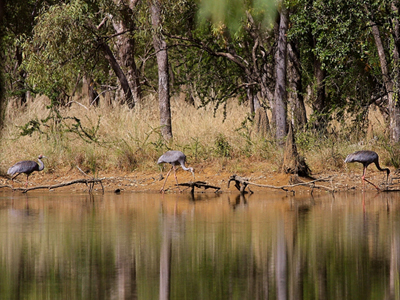 With this post, we are thrilled to announce our new foray into Australia where we will work with several Australian colleagues and institutions over the coming years. Together, we will seek to learn about the wonders of this glorious landscape, and collaborate with the hard-working people of the Gulf region to conserve the cranes.
With this post, we are thrilled to announce our new foray into Australia where we will work with several Australian colleagues and institutions over the coming years. Together, we will seek to learn about the wonders of this glorious landscape, and collaborate with the hard-working people of the Gulf region to conserve the cranes.
Meet Opal – Our New Hooded Crane Chick!
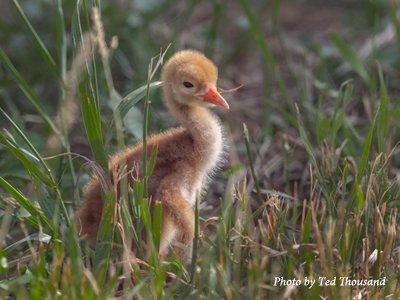 Did you know that when you visit the International Crane Foundation’s headquarters you are part of a coordinated effort to safeguard cranes through captive breeding?
Did you know that when you visit the International Crane Foundation’s headquarters you are part of a coordinated effort to safeguard cranes through captive breeding?
Class of 2001 Whooping Cranes – The Pioneers!
This was the very first cohort of Whooping Cranes released into the Eastern Migratory Population! All Whooping Cranes released in 2001 were raised by costumed handlers and learned their migration… Continue reading Class of 2001 Whooping Cranes – The Pioneers!
Whooping Crane Biographies
Over the last 40 years, the International Crane Foundation and our partners have developed a series of reintroduction projects to establish new, wild Whooping Crane populations in North America. Today,… Continue reading Whooping Crane Biographies
Mass Extinction Event Puts Cranes at Risk
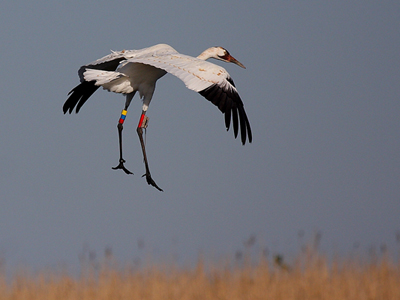 Worldwide, the pace of extinction is accelerating. Scientists estimate that half of the world’s species now face extinction. They estimate that we are losing 17,000 to 100,000 species each year in what is being called “a mass extinction event.” Among those facing extinction are 11 of the 15 crane species.
Worldwide, the pace of extinction is accelerating. Scientists estimate that half of the world’s species now face extinction. They estimate that we are losing 17,000 to 100,000 species each year in what is being called “a mass extinction event.” Among those facing extinction are 11 of the 15 crane species.

